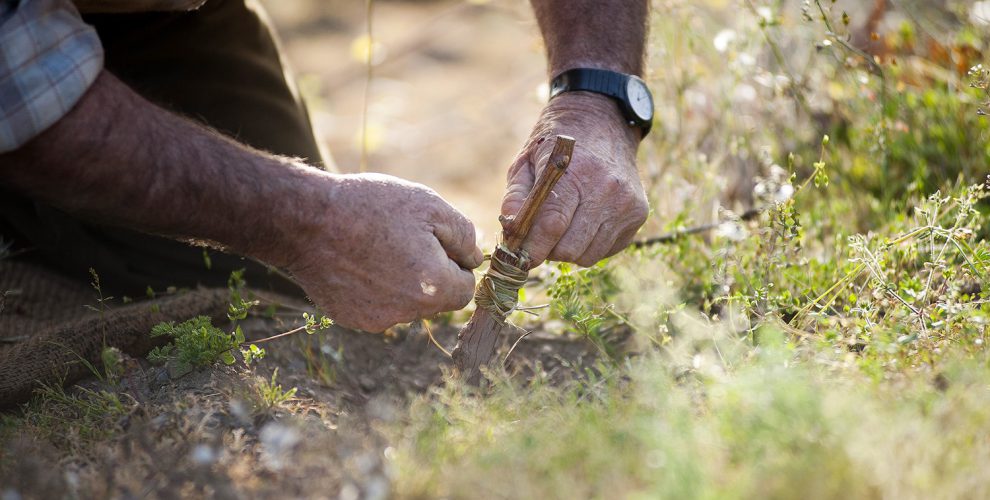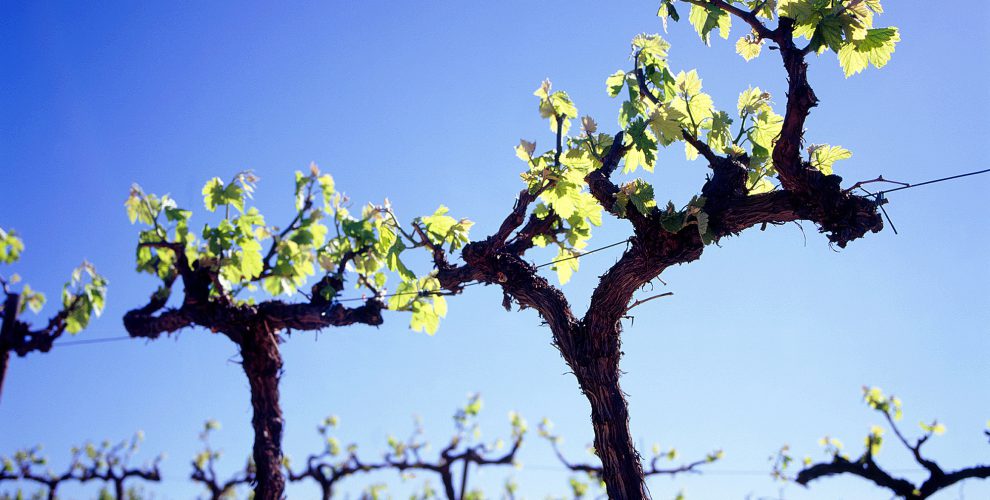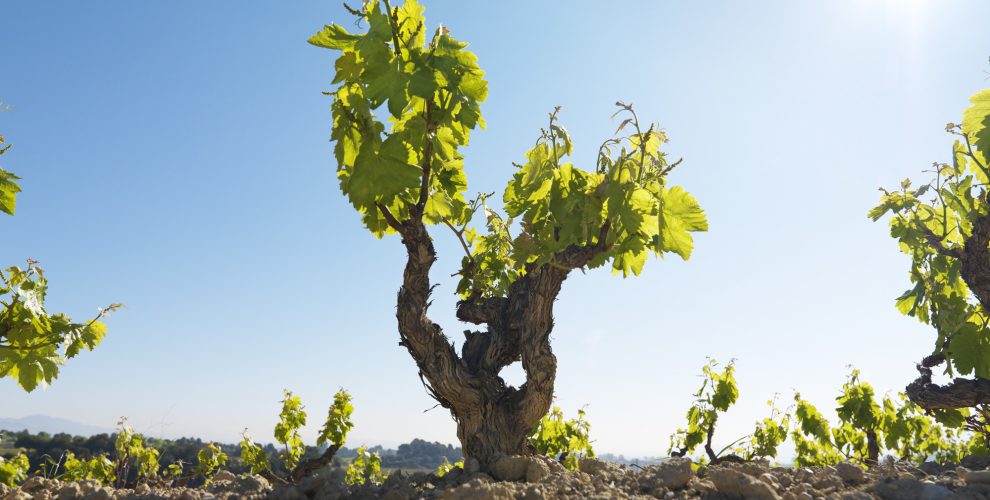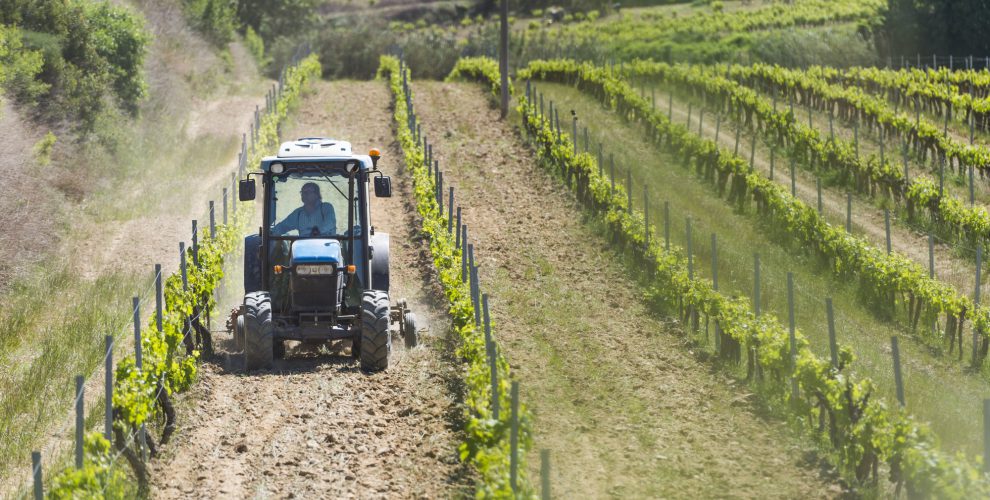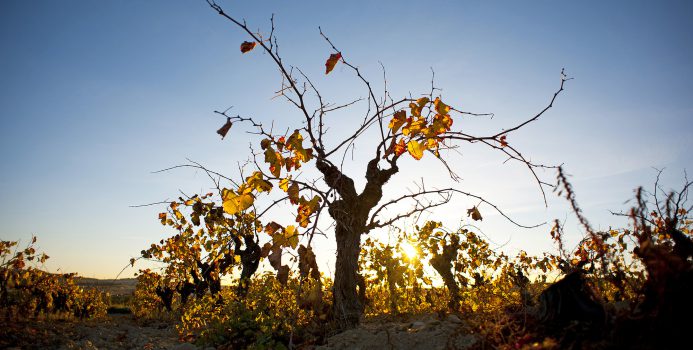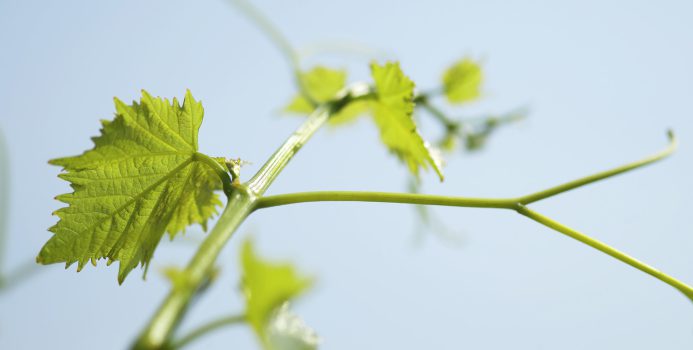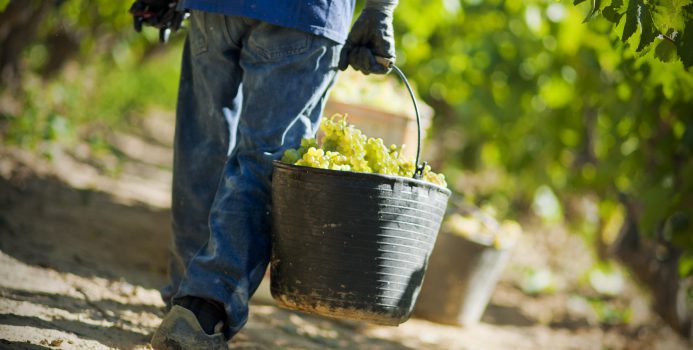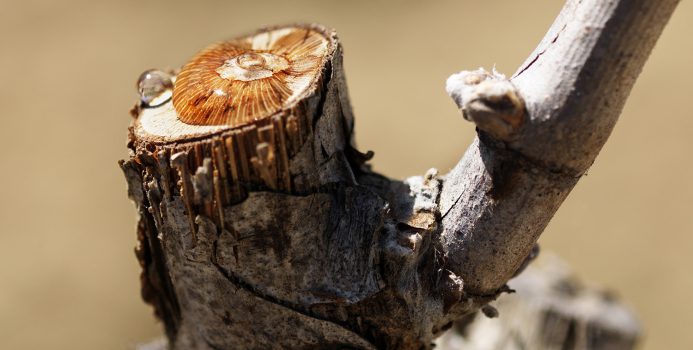
Each vineyard has its own identity and it is, therefore, important to treat each one individually. We plough a little or a lot, depending on the amount of oxygenating and ventilation that a particular soil type needs, and we thin the vine leaves a little or a lot, depending on the amount of ventilation that each grape variety needs. We carry out all of these tasks in accordance with celestial influences (moon, planets) to respect each appropriate biodynamic state.
The cycle
Pruning. This is where the life cycle starts. The vines rest after the harvest. Winter. Now is the time to think about the next harvest. To do that, we need to start pruning the vines. Each variety is pruned differently. The next harvest will depend upon how the vines were pruned, and so it must be done with the utmost care.
Once spring is fully underway, the vines start to bud. In order to air the grapes and allow the sunlight to ripen them properly, we need to eliminate some leaves and buds so that the grapes can develop as healthily as possible. This is known as green pruning. From this point onwards, we wait until the harvest. During this time, we may remove some grapes, especially during years when the yield is exceptionally high. We also monitor the vines closely to ensure that there no diseases flourish until harvest time.
The time has come. Harvest. We only pick the grapes when they have reached the perfect point of ripeness following a careful technical and grape taste testing in the vineyards.
Once the harvest is over, the vineyards begin to change colour and just as one cycle ends, another begins. The hectic summer months give way to months of tranquility, when we cut the weeds and grass down in order to maintain the vineyards until pruning, when the new cycle will starts all over again.





